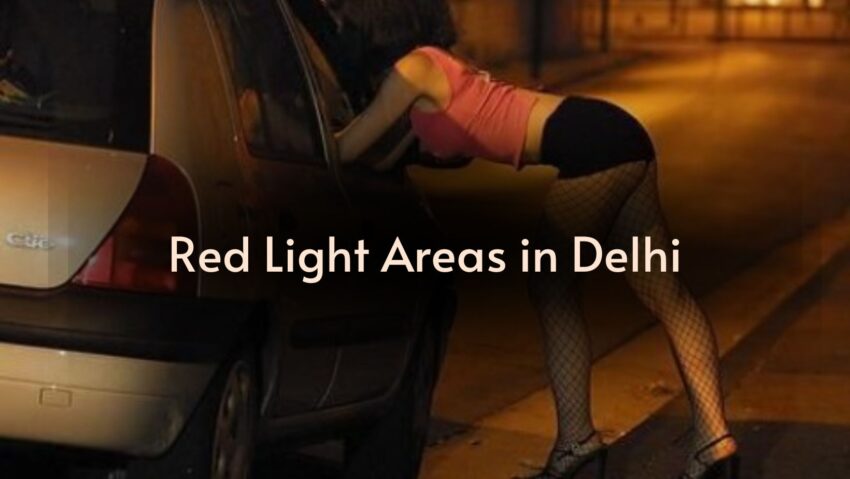Famous Red light area in Delhi
Welcome to the vibrant and bustling city of Delhi, where the streets come alive with the hustle and bustle of daily life. Amidst this chaotic energy, several facets of the city have caught people’s attention over the years. One such aspect is the Red Light Area in Delhi, which has gained notoriety for its unique characteristics and historical significance. In this article, we will explore why the red light area in Delhi has become famous and delve into the history behind its existence.
Red light area Delhi
The Red Light area in Delhi, also known as GB Road or Garstin Bastion Road, is a prominent area in the city that is notorious for being a hub of commercial sex work. Located near the historic Roshanara Garden, this locality has been a subject of curiosity and intrigue for many.
Delhi’s red light area stretches for nearly a kilometer and is home to numerous brothels, where sex workers offer their services. Apart from the brothels, the area is characterized by narrow lanes, crowded streets, and a unique atmosphere that sets it apart from the rest of the city.
Delhi Red Light Areas List of all Famous Red Light Areas in 2023
GB Road – has a rich history that dates back to colonial times. It was named after Sir Robert Garstin, a civil servant who played a significant role in the urban development of Delhi. Initially, GB Road was meant to serve as a residential area for government officials and bureaucrats. However, over time, it transformed into a red-light area due to various socioeconomic factors.
- Red Light Area Prem Nagar
- Red Light Area Swami Sharda Nand Marg
- Red Light Area Bara Hindu Rao
- Kamla Market Red Light Area
History of The Red Light Area in Delhi
The history of the red light area in Delhi can be traced back to the early 19th century when the British East India Company established control over the city. During this time, there was a rise in migration to Delhi, leading to an increase in the population. The influx of people created a demand for various services, including sex work.
Initially, the Sex Workers in Delhi were predominantly courtesans or tawaifs, who entertained the elite and affluent individuals of society. These courtesans were highly skilled in music, dance, and poetry, and were often patronized by the nobles. They lived in areas such as Kamathipura and Katra Neel, which were known as red light areas during that time.
As Delhi grew and evolved, the demand for sex work expanded beyond the elite clientele. This led to the establishment of brothels in different parts of the city, including GB Road. Over the years, the area became the epicenter of commercial Sex Work in Delhi and gained a reputation for being the largest red light area in the city.
The Red light areas in Delhi is not only for its historical significance but also its cultural importance. Despite the controversy surrounding it, GB Road has become an integral part of Delhi’s social fabric. It has been the subject of numerous literary works, songs, and movies, which have contributed to its fame and infamy.
How much sex workers charge in GB Road Delhi?
Rate for sex is now 1500 rupees per client, but for a regular customer she lowers it to 1000 rupees, Check Delhi Escorts Girls Service Price
The red light area in Delhi is a complex and multifaceted place that raises various social and moral questions. It is a stark reminder of the disparities that exist within society and the challenges faced by marginalized communities. Many organizations and individuals are working towards raising awareness and providing support to sex workers in this area.

Red light areas in Delhi
While the Red light area in Delhi continues to be a significant part of the city’s landscape, it is important to approach the topic with sensitivity and empathy. It is essential to recognize the inherent rights and dignity of all individuals involved and work towards creating a society that is free from exploitation and discrimination.
In conclusion, the Red Light Area in Delhi has gained fame due to its historical significance and cultural prominence. It is a place that sparks curiosity and intrigue among both locals and outsiders. However, it is crucial to approach the topic with compassion and understanding, keeping in mind the complexities and challenges faced by the individuals involved.
Let us strive towards a society that fosters equality, inclusivity, and respect for all.











